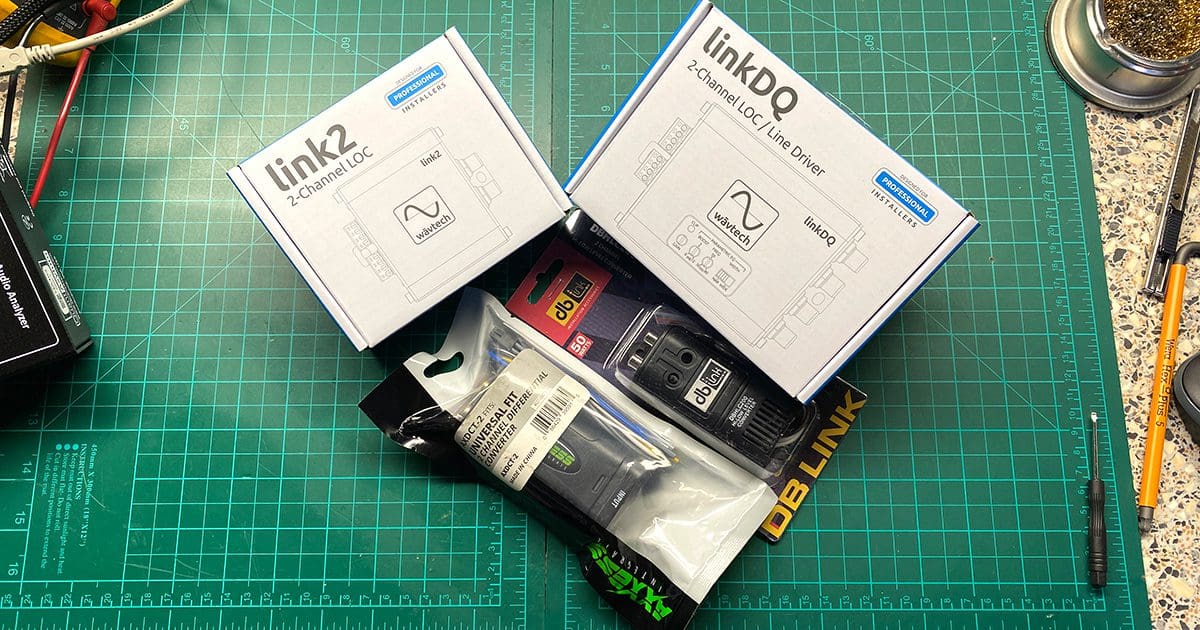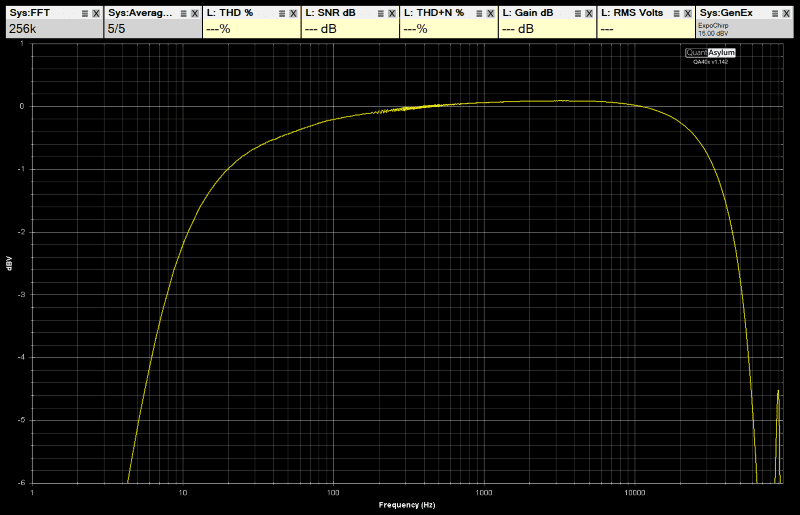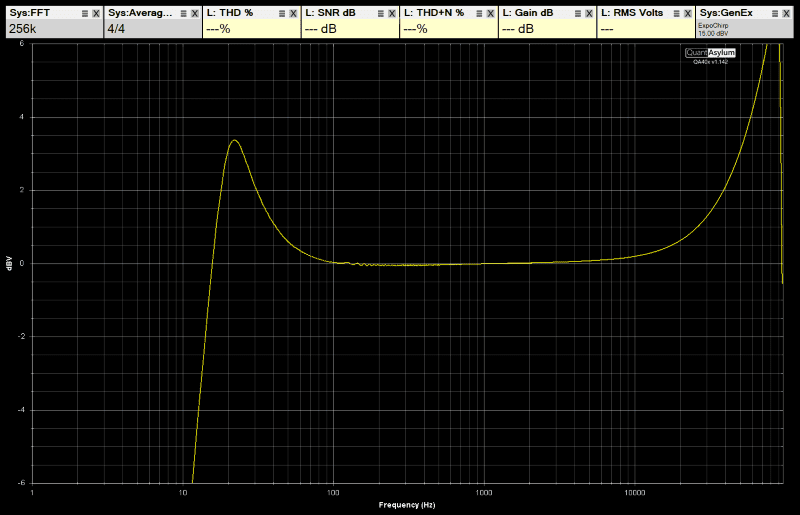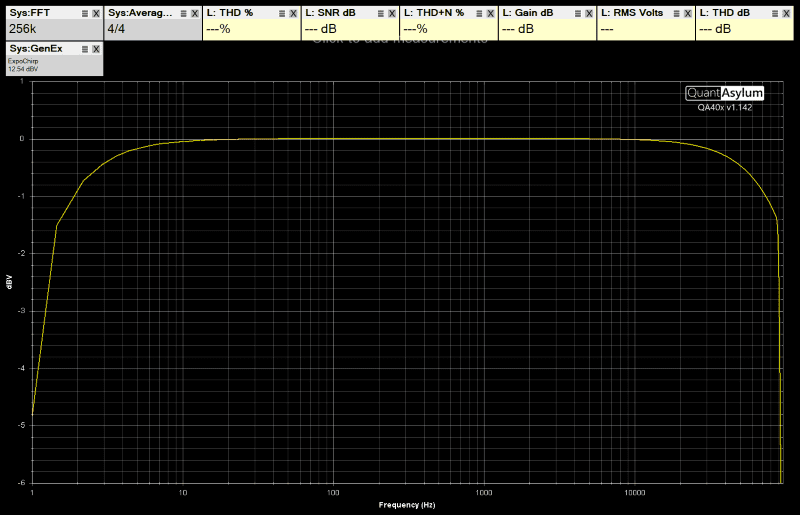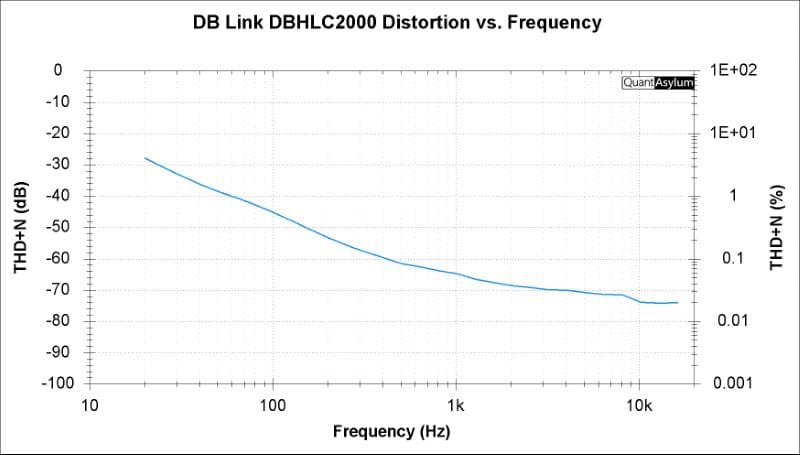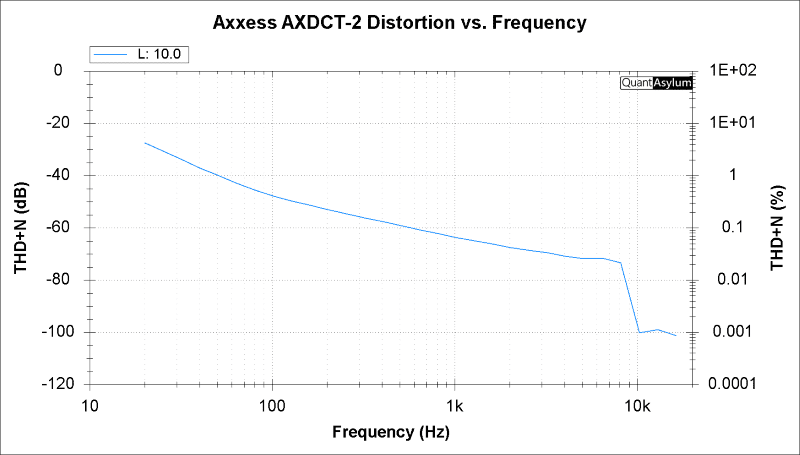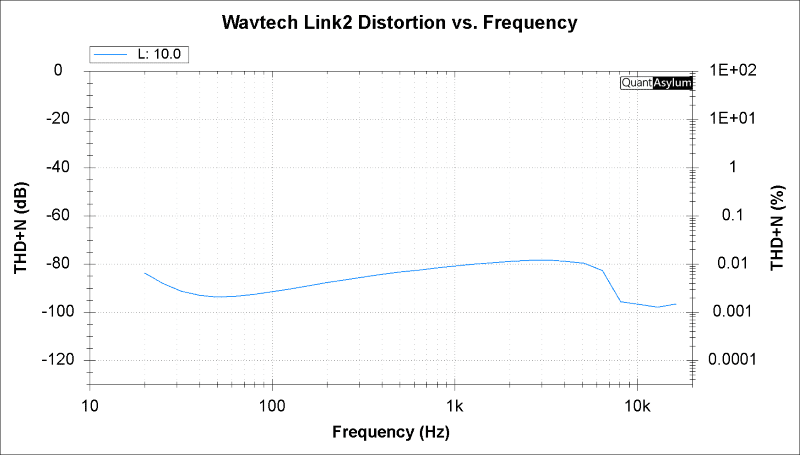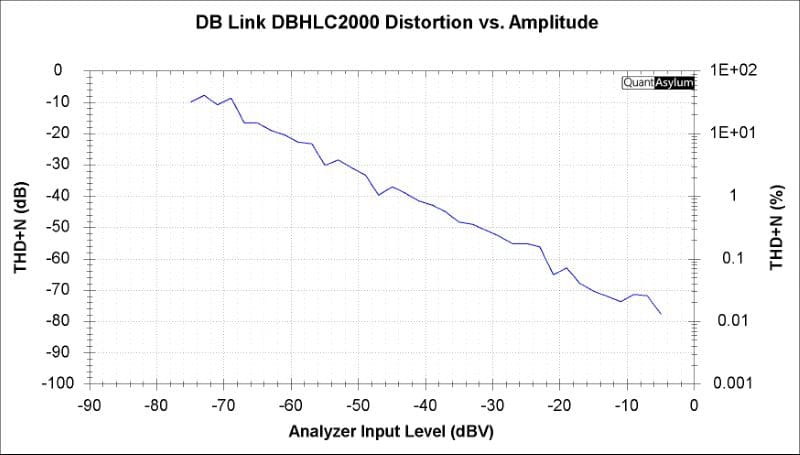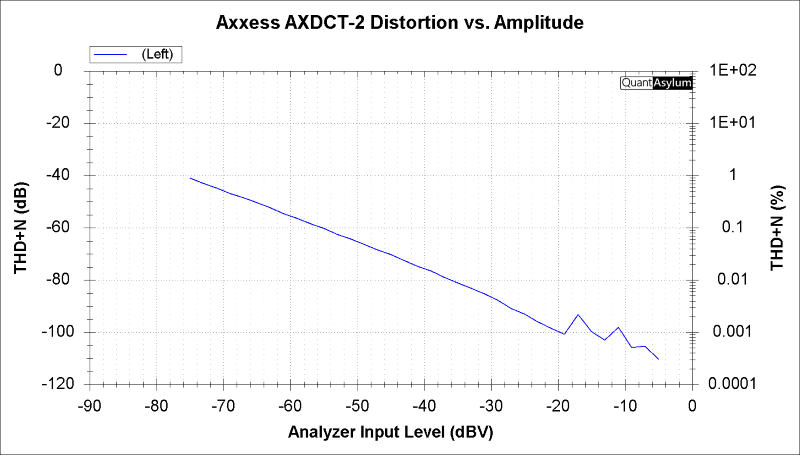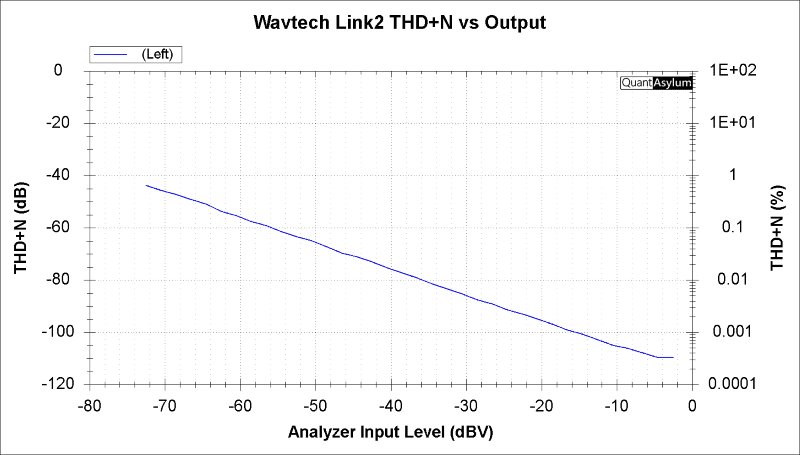These days, it’s effectively impossible to replace the radio in many new cars and trucks. With display screens integrated into the dash and controls in the center console, there’s nowhere to mount a nice double-DIN multimedia receiver. This doesn’t mean that there aren’t ways to upgrade the audio system. A line output converter is the starting point, whether you’re adding a subwoofer or replacing everything with a digital signal processor, multichannel amplifiers and new speakers. Let’s look at why you’ll want to invest in a high-quality converter to get the most from your sound system investment.
What Is a Line Output Converter?
The signal on the speaker wires coming out of a radio or amplifier can reach amplitudes around 8 to 12 volts RMS. With that said, some factory-installed subwoofer systems can produce a whopping 40 volts. Very few amplifiers are capable of handling this much signal. We need to step that voltage down to something around 4 or 5 volts. Line output converters can do this.
The second function of a line output converter is to take what might be a bridge tied load (BTL) signal and convert it back to a single-ended configuration for use with low-quality amplifiers that don’t have differential inputs.
Types of Line Output Converters
In this comparison, we’ll look at the performance of two types of line output converters. The first two are inexpensive units based on transformer designs. These converters use a dual-winding transformer to step the voltage down. The drawback of these units is that the audio signal is susceptible to the non-linearities of the transformer. What does this mean? The perfect converter wouldn’t change the signal’s frequency response, nor would it add any distortion. Transformer-based converters can’t typically make those claims.
The second type of converter is fully electronic. These converters use solid-state components like op-amps to handle the voltage conversion. When designed properly, these have significantly less effect on the audio signal. In short, they’re like buying a high-end source unit instead of a no-name unit with dubious specifications and performance.
Measuring Line Output Converter Frequency Response
We’ll start the testing with the converters set to reduce the input voltage by 12 dB. The first test will be frequency response. We’ll start with an inexpensive transformer-based converter from DB Link. The DBHLC2000 is about as simple as it gets. It has some input load resistors, two transformers and two potentiometers to adjust the output level.
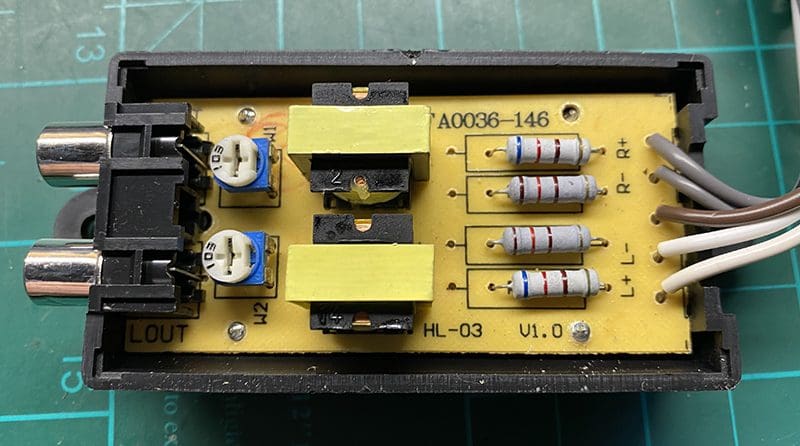
I measured the output from 1 Hz to 96 kHz to evaluate frequency response. The response wasn’t too bad. It was -3 dB on the bottom end at about 7.9 Hz and 51 kHz on top. It has a gradual roll-off below approximately 1 kHz.
Next, we’ll have a look at the Axxess AXDCT-2. This converter is also transformer-based but includes BTL offset voltage detection turn-on circuitry.
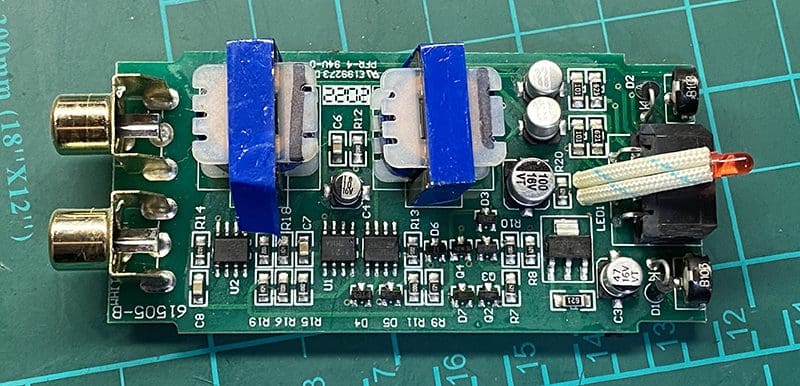
The AXDCT-2 includes some bass and treble boost built into its response curve. This means there is some active circuitry in the signal path. There’s a boost of 3.4 dB at 22 Hz and more than 8 dB at 80 kHz. The low-frequency boost will likely warm up the system, especially if you have a subwoofer. The significant high-frequency increase could be a problem if the source is noisy.
Last, we’ll take a look at the Wavtech Link2. The Link2 is a fully electronic line-level converter. It doesn’t use any transformers in the audio signal path.
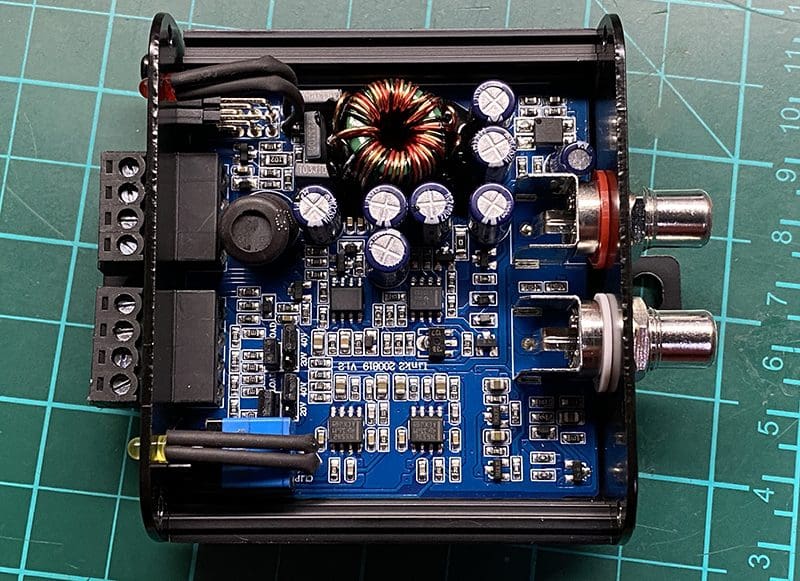
You really couldn’t ask for much better in terms of frequency response performance. The unit is down 3 dB on the bottom end at below 2 Hz and above 95 kHz on the top. The -1 dB tolerance response is 1.9 Hz to about 72 kHz. Pretty awesome!
Converter Distortion and Noise vs. Frequency
The next test shows how much distortion and noise the converters add to the audio signal at different frequencies. All the devices were fed with a +10 dBV signal, equating to 3.16 volts. This would be considered a high volume level on most audio systems. Let’s start the analysis with the DB Link.
The graph shows there’s a lot of noise and distortion at low frequencies. Everything below 150 Hz has 0.5% THD+N, and everything below 60 Hz is worse than 1.0% THD+N. If you’re using this converter and the bass sounds muddy and sloppy, now you’ll know why.
Next, let’s look at the Axxess converter.
The graph is quite similar to that of the DB Link in that there is a lot of low-frequency noise and distortion added to the signal. The Axxess piece is a little bit better than the DB Link, but the difference certainly isn’t night and day.
Now, let’s look at the Wavtech Link2’s distortion and noise vs. frequency performance.
Well, the difference in the bass distortion couldn’t be more pronounced. Where the Axxess and DB Link transformer-based converters were adding more than 1% THD+N below about 60 Hz, the Wavtech Link2 is light years better at 0.02%. In rounded numbers, that’s 50 dB, or about 316 times less noise and harmonic information. Based on these measurements alone, choosing which interface you want in your car or truck should be pretty straightforward.
Total Harmonic Distortion and Noise vs. Amplitude
As the last test, let’s compare how much distortion is added at different amplitude levels. As much is very dynamic, we want the quiet passages to be as clear and distortion-free as the loudest.
As expected, noise and distortion are most significant when the audio signal is at its lowest levels. The DB Link adds more than 1% THD+N below about -42 dBV. This would be somewhat challenging to hear, as the harmonic information would be at low levels, but the unwanted content is there nevertheless.
The Axxess interface performs better than the DB link, reaching 1% THD+N at a minuscule output level of -76 dB.
The Wavtech Link2 is better than both of the transformer-based converters in this test. It doesn’t reach 1% THD+N at any measured output level.
Line Output Converters Aren’t Created Equally
If you’re upgrading an audio system in a vehicle where the factory radio or amplifier will be feeding a new amplifier to drive speakers or a subwoofer, the choice of line-level converter can play a significant role in the quality and clarity of the system. With a transformer-based line output converter in your system, upgrading it to an all-electronic might be one of the best sound quality improvements you can make to your car audio system. When working with your local specialty mobile enhancement retailer to design an audio system upgrade, ask for a fully electronic converter like the Wavtech Link2 to interface the new products into your existing amplifier or source unit.
